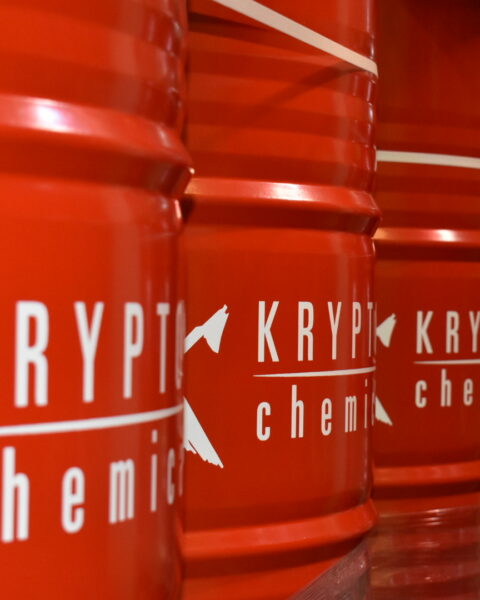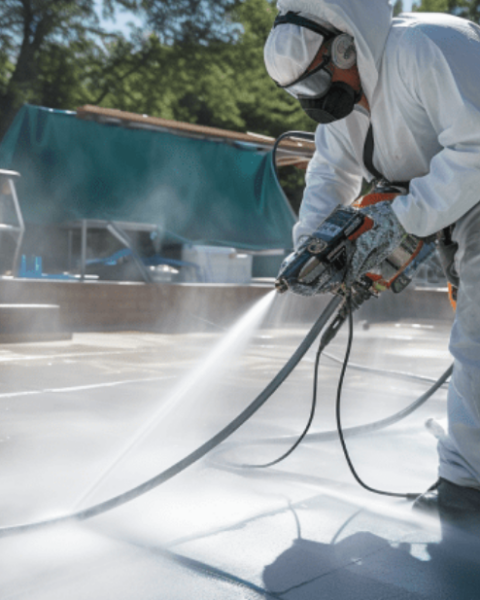Concern for the environment has existed in all sectors of society for years. We are all aware that the environmental issues arising from human activity result in a negative impact that threatens the well-being and health of all of us. We are familiar, for example, with the scientific conclusions that have established the human origin of climate change beyond all doubt, and despite the fact that we are in a phase a transition towards economic activities with less impact, the big question is whether or not the changes being made will occur fast enough to offset the negative trends in relation to climate, biodiversity, availability of water and food, pollution, etc.
Most countries in the world have promised to implement policies to this end. Companies and citizens are also responsible. It is true to say that most of the initiatives will be driven by legislative action, and secondly by the demands of users and conscientious producers in particular.Los estados, empresas y ciudadanos tienen responsabilidades en este cambio, donde la legislación y las demandas de los consumidores juegan un papel crucial.
The chemical industry finds itself in a unique situation. On the one hand, we are the agents responsible for a large part of the pollution and degradation of the environment due to the creation of thousands of substances that have become necessary in people’s lives, the negative effects of which on the environment have been underestimated or ignored. A classic example is the use of chlorofluorocarbon compounds, which have caused the formation of a hole in the ozone layer of the stratosphere. Fortunately, the ban on the substance under the Montreal Protocol has enabled this protective layer to recover gradually. However, the same chemical science has enabled us to discover the mechanisms of ozone destruction and to find a solution. The most important thing, therefore, is political will.
In the European Union, the so-called Green Deal consists of a strategy to make our economy sustainable, by promoting the efficient use of resources to achieve a green economy, to reverse the loss of biodiversity and to reduce pollution. These initiatives need to be implemented in every sector of the economy, and particularly in the areas of transport, energy, agriculture, construction and industry, including the chemical industry. The aspect with the greatest impact may well be future regulations on sustainable products. These new requirements will be geared to analysing and registering each product and its characteristics with regard to the consumption of energy and materials throughout its useful life. That means that producers like us need to react in the sense of implementing strategies for new products and replacing existing products, both in response the imminent new regulations and to the demands of customers, which are already including environmental factors in their policies.
The EU Green Deal policy for coatings such as those we produce consists of the following provisions:
- Pollution and emission-free products:
As a general rule, Krypton has been designing products with a lower content of volatile organic solvent, and where possible, with no such solvent, for several years now. There are two basic strategies: the first is the replacement of the organic solvent with water, and the second is the design of products with little or no solvent. We have not embraced the first option, mainly due to the fact that the slow evaporation of water limits the basic thickness of the coatings. In contrast, we have expanded and improved our range of 100% solid products, of which pure and hybrid polyurea coatings are the most noteworthy example. Polyurea is recognised as one of the most eco-friendly products in this sense. This means that products containing solvents will be subject to stricter limitations until the final disposal thereof, however the production process will be required to include the concept of responsibility for carbon emissions. The rules applicable to the biggest carbon emitters will now be extended to smaller producers as the economy decarbonises. - An increase in the use of renewable raw materials:
Clients will ask what amount of renewable materials our products contain, which will have to be certified and demonstrated. We already have various vegetable oil by-products, but there will also be pressure to switch to other sources such as bio-based polyols and even bio-based isocyanates. We will gradually adapt to providing products with a minimum content of renewable materials. A few weeks ago we launched a new primer product with this feature as a highlight: should we name the product?? - The concept of ingredient transparency and the replacement of chemicals of concern:
The Green Deal presupposes that, in addition to classifying certain substances as being of concern, entire families of substances will be restricted. A current example is the case of isocyanates, for which workers and users will be required to undergo mandatory safety training. We can be sure that there will be constant pressure to replace more substances with safer options, and a regulation known as “ingredient transparency” based on the user’s right to know is expected to be implemented. Despite not being readily available, there are synthetic methods for the production of polyurethanes without the risks inherent to isocyanates, which we need to study internally. - An understanding of the impact of the product life cycle: :
Our products must undergo a life cycle analysis, an environmental product declaration and a carbon footprint calculation, thereby enabling clients to make choices while in possession of environmental information. This includes bearing in mind that we need to understand, assess risks and create strategies for the end of life of our products, or in other words, the destination of the materials we have produced after they have become degraded, worn, peeled or removed, and we already have some idea about what is going to happen in the future, such as the ban on polymeric materials capable of generating micro-plastic particles, for example, which will undoubtedly promote research into similar appropriate materials.
All these challenges comprise an aspect of industrial activity that, for producers of our size, has never been as important as it is right now. We trust that our experience and expertise will enable us to deal with them in a successful manner.






